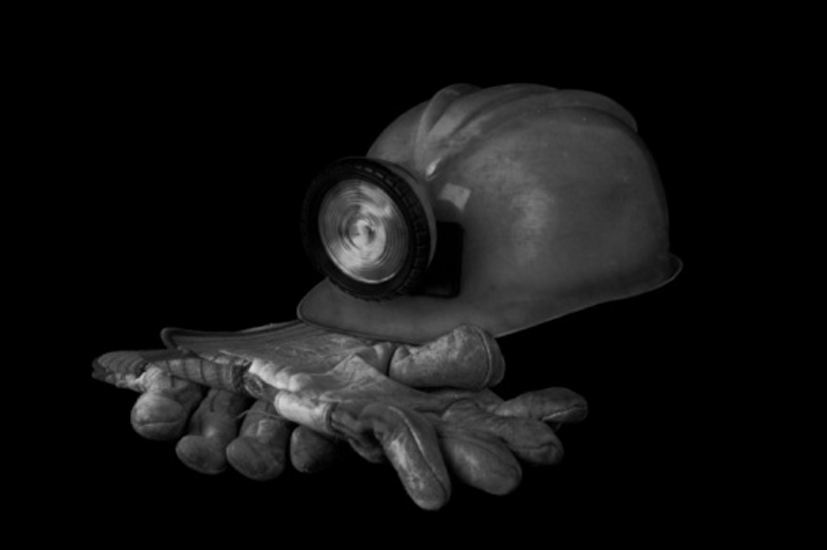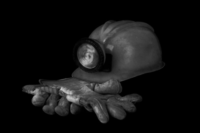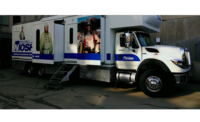NIOSH to offer free black lung screenings for coal miners
The screenings will be conducted through a mobile testing unit in four states.

The National Institute for Occupational Safety and Health (NIOSH) has announced that it will be offering free and confidential black lung screenings for coal miners. The screenings are designed to support the early detection of black lung disease, a serious but preventable illness caused by prolonged exposure to coal mine dust.
NIOSH will be providing the screenings through a mobile testing unit that will be stationed at various community and mine locations throughout the screening season. The upcoming screenings will specifically target coal miners in West Virginia, Pennsylvania, Ohio, and Virginia. All coal miners, including current, former, underground, surface, and contract miners, are encouraged to participate.
“[The NIOSH] mobile unit plays an important role in the early detection of black lung disease,” said NIOSH Director John Howard, M.D. “When caught early, steps can be taken to help prevent black lung from progressing to the most serious forms of the disease.”
Participating coal miners will receive a free screening and a confidential report on their lung health. The screenings are expected to take approximately 30 minutes and will include a work history and respiratory health questionnaire, a chest x-ray, blood pressure screening, and a breathing test known as spirometry. NIOSH will provide each miner with their screening results within 8-10 weeks of their appointment.
While appointments are recommended, walk-ins will also be accepted. NIOSH will be releasing specific dates, times, and locations for the screenings on their Coal Workers’ Health Surveillance Program webpage, as well as on social media platforms like Facebook and Twitter. Local and individual outreach will also be conducted in each specific location.
NIOSH’s mobile health screenings are a key component of the agency’s efforts to address the ongoing black lung epidemic. To date, NIOSH has provided more than 40,000 free black lung screenings for coal miners. In addition to offering medical screenings, the agency’s Coal Workers’ Health Surveillance Program also plays a critical role in tracking the prevalence of lung disease within the coal mining industry.
Black lung disease, also known as coal workers’ pneumoconiosis, is caused by the inhalation of coal mine dust. The disease can cause scarring of the lungs, leading to symptoms such as coughing, shortness of breath, and chest tightness. In its most severe form, black lung can be fatal.
According to a recent report from the NIOSH-funded Coal Workers’ Health Surveillance Program, the prevalence of black lung has been on the rise in certain coal mining regions. The report found that in central Appalachia, which includes parts of Kentucky, Virginia, and West Virginia, the prevalence of the most severe form of black lung, known as progressive massive fibrosis, had reached levels not seen in decades.
In response to these trends, NIOSH has worked to expand access to black lung screenings and to raise awareness about the importance of early detection. The agency has also conducted research to better understand the factors contributing to the resurgence of the disease.
Coal miners interested in participating in the upcoming screenings can find more information on the NIOSH Coal Workers’ Health Surveillance Program webpage or by calling 1-888-480-4042.
Source:
Looking for a reprint of this article?
From high-res PDFs to custom plaques, order your copy today!






